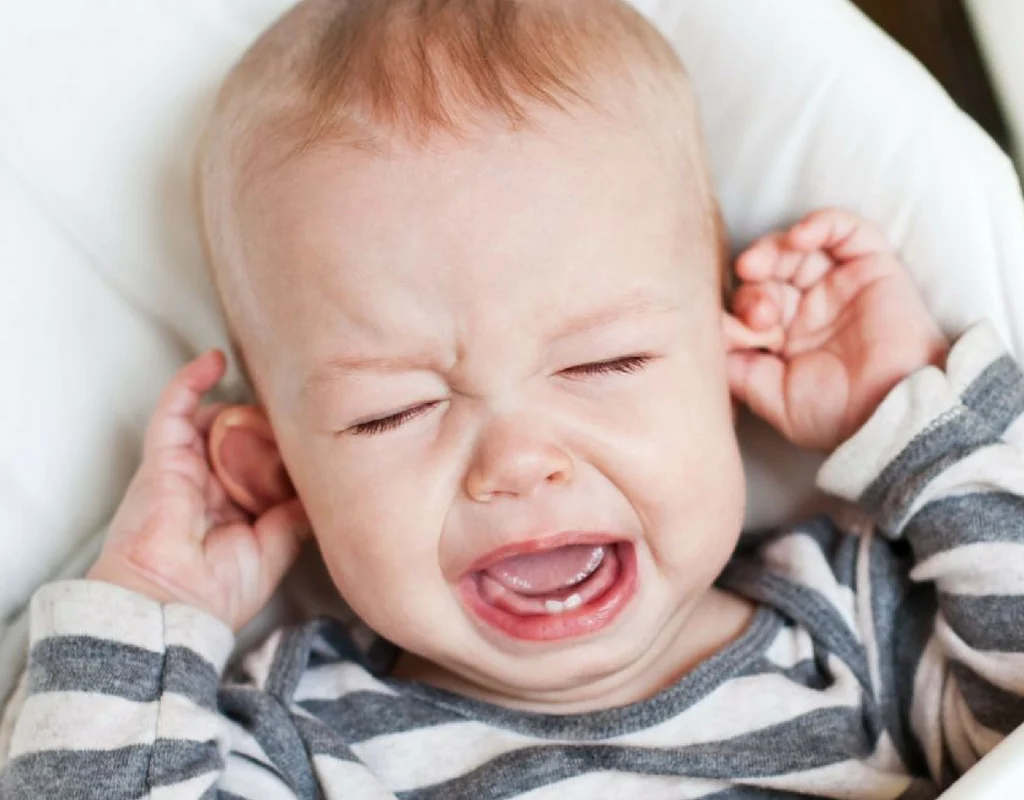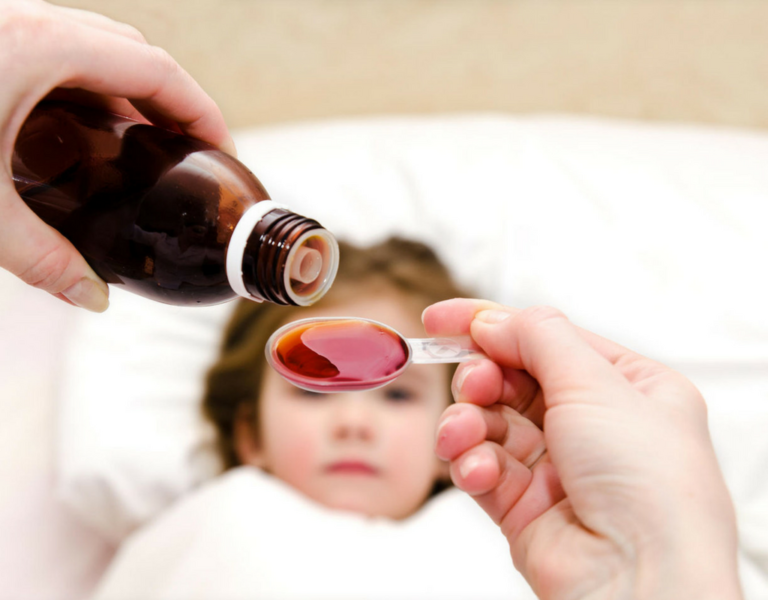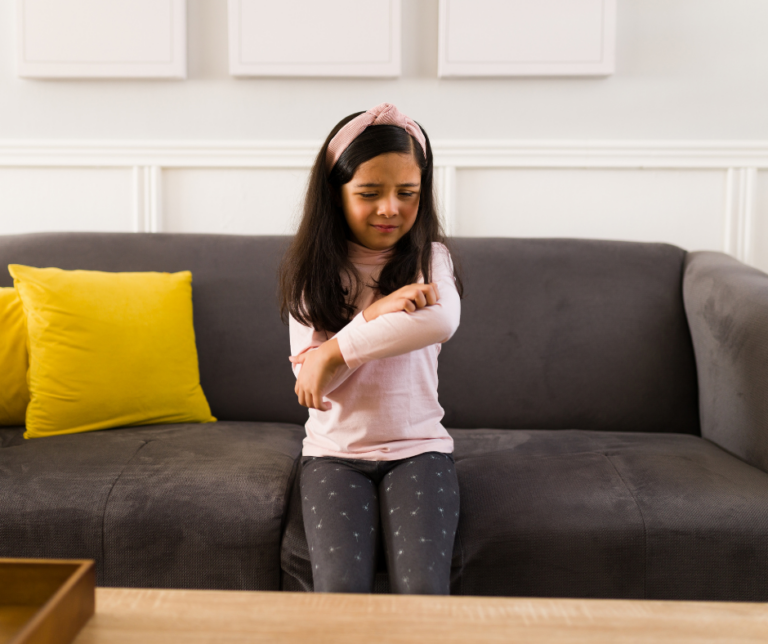Ear pain is one of the biggest causes of distress and sleepless nights for children and their parents. For those of us who have experienced one of those sleepless nights with our children we understand how difficult they can be! However, it rarely is a true emergency that necessitates a middle of the night ER visit.
SYMPTOMS:
Most ear infections are otitis media or an infection of the inner ear. Typically, an ear infection is preceded by a cold or upper respiratory infection, although not always. Most children with ear infections have fever and complain of a painful ear. Typical symptoms in an infant are fever, sudden difficulty sleeping or lying flat, and crying when sucking/decreased appetite. Parents often bring infants in because the baby is “pulling” on the ear. Sometimes this is associated with an infection, but it is unlikely to be in the absence of any other symptoms. Sometimes you can see pus-like drainage coming from the ear. This usually means the eardrum has perforated. If your child has ear tubes, follow the directions of your ENT if you see drainage from the ear. If your child does not have ear tubes, we should see them in the office the next day.
TREATMENT:
Ear infections can be caused by a viral infection or a bacterial infection. We used to almost always treat ear infections with an antibiotic. However, we have learned that this is probably not necessary as in many cases the ear infection will resolve on its own. We follow the most up to date recommendations by the American Academy of Pediatrics when considering how to treat an ear infection. In children under 2 years old, we usually treat the ear infection with antibiotics. In children over 2 years old, we can treat the pain of the ear infection but wait to see if it resolves on its own in 48 hours. If the infection has not gone away in 48 hours, we would then consider treating with antibiotics. We do not call in antibiotics on the phone. In order to give your child the best care possible, we will need to see them in the office to examine their ear.
WHAT YOU CAN DO:
Most of the time if your child has symptoms that you suspect are related to an ear infection, it is ok for the child to wait to be seen the next day in our office. It will not cause damage to the ear if the infection is not treated right away. At home, you can treat the ear pain by using acetaminophen (Tylenol) or ibuprofen (Motrin/Advil).
WHEN TO CALL YOUR DOCTOR:
- A high fever that is not relived by medication (see FEVER)
- Severe ear pain that is not relived by medication
- A severe headache or neck pain.
- The ear seems to be swollen, red, or very tender on the skin around the ear.
- Any trauma to the ear.
- Your child is very irritable, looks very ill, or is very drowsy.
- Your child is not able to drink or is not urinating appropriately.
- Your child is under 3 months old.
- ***You have any concerns or feel that your child is very sick.
***If your child has ear tubes you should follow the instructions of your ENT. Sometimes your ENT will give you special drops that can be used at home if you suspect an ear infection.
SWIMMER’S EAR:
Swimmer’s ear orotitis externa is an infection of the ear canal. It is usually caused by swimming in a lake/ocean/river or by very frequent swimming. Typical symptoms are a very painful ear. It is painful to touch the outside of the ear with swimmer’s ear but there is no redness or swelling of the ear or the skin around the ear. It should not be painful on the skin around the ear. There is no fever with swimmer’s ear. We treat swimmer’s ear with antibiotic drops that are applied to the ear canal. Swimmer’s ear can also be treated at home with pain medication and then be seen in our office the next day.





